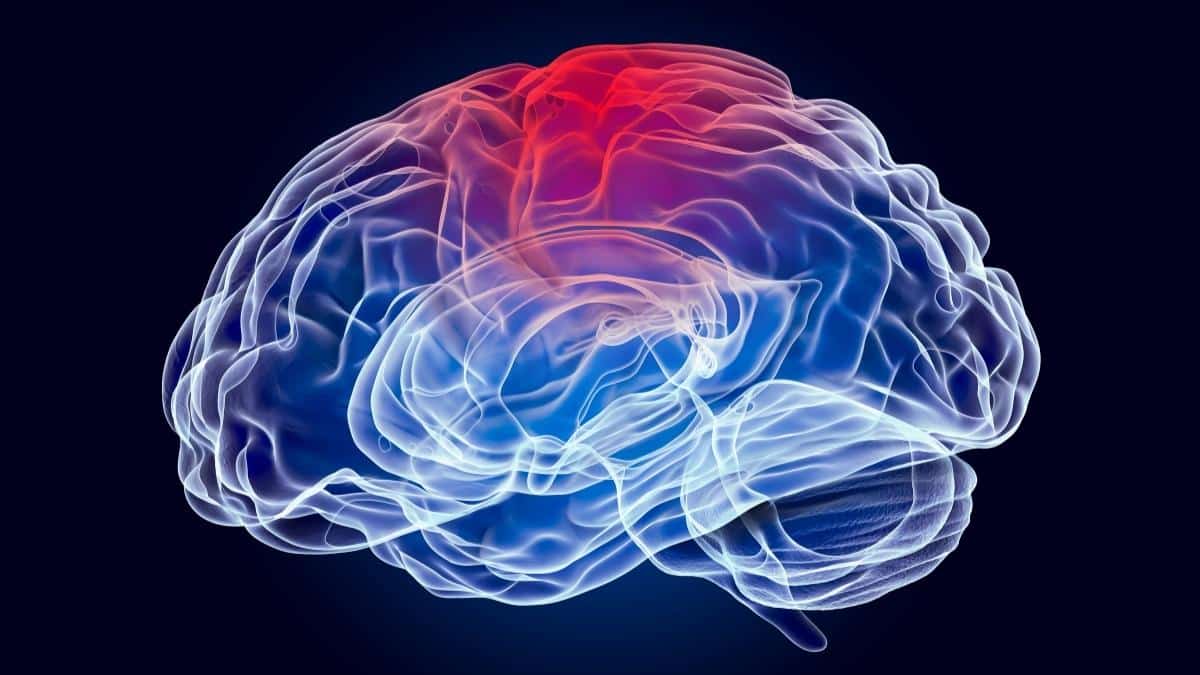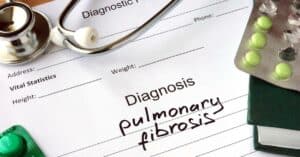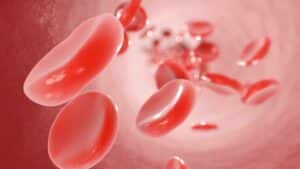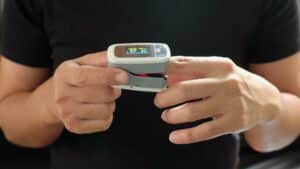Oxygen is essential to a properly functioning body.
In fact, the brain requires a constant supply of glucose and oxygen. However, if you have a chronic lung disease such as emphysema, pulmonary fibrosis or COPD, having enough blood oxygen can be challenging.
Lack of oxygen to the brain can cause brain damage in minutes. When the brain does not receive enough oxygen, cerebral hypoxia can occur.
Here’s what you need to know to help you better understand the risks of low oxygen and brain damage.
What is cerebral hypoxia?
Also known as brain hypoxia, cerebral hypoxia is a serious medical condition. The symptoms of cerebral hypoxia can be mild to severe and include poor judgment, decline in cognition, uncoordinated movement, pupils that do not react to light, respiratory failure and complete unawareness and unresponsiveness.
Cerebral hypoxia requires immediate emergency treatment to return the flow of oxygen to the brain. If you suspect cerebral hypoxia, call 911.
What are the risks and causes of low oxygen and brain damage?
The brain uses about 25 percent of your oxygen intake, so avoiding low oxygen and brain damage is important. Because cerebral hypoxia can occur from a lack of oxygen to the brain, it’s important to supply your brain with enough oxygen.
Cerebral hypoxia can be caused by smoke inhalation, carbon monoxide poisoning, choking, cardiac arrest, drowning, stroke and other conditions.
Breathing and blood flow to the brain.
Every time you breathe, gases exchange in your lungs. Beginning with the nose and mouth, the respiratory system is made up of organs and tissues that allow people to exchange oxygen and carbon dioxide.
The airways are the pipes that carry oxygenated air into the lungs and carbon dioxide out. Inside the airways are tiny hairs called cilia, which are coated with sticky mucus to trap germs and other foreign particles to prevent them from entering the airways.
The lungs are linked to blood vessels that deliver oxygen and remove carbon dioxide. The bronchi inside the lungs branch into smaller, thinner tubes called bronchioles, and these tubes end in bunches of tiny round air sacs or alveoli.
The alveoli are covered in capillaries. Once inside the air sacs, carbon dioxide moves from the blood and into the air to be exhaled, and oxygen moves from inhaled air into the capillaries.
Now, oxygen-rich blood travels to the heart through the pulmonary vein and its branches and on to the rest of the body.
When you have a chronic lung disease, what happens to the oxygen?
Your lungs must inhale oxygen-rich air and exhale carbon dioxide effectively in order for you to receive enough oxygen. The circulatory system moves blood through the lungs where oxygen is absorbed and carried throughout the body.
People with chronic lung disease may have trouble breathing, and therefore, absorbing enough oxygen. One of the common symptoms of lung disease is low blood oxygen levels.
When your blood oxygen falls below a certain level, the result is called hypoxemia. The symptoms of hypoxemia include extreme shortness of breath, headache, confusion and restlessness.
How can I improve my oxygen levels?
While there isn’t a cure for chronic lung disease, there are ways you can help your lungs and your body feel better as well as avoid low oxygen and brain damage.
Many physicians prescribe supplemental oxygen for people with lung disease. You can monitor your blood oxygen levels with pulse oximeters as well.
For some people, pulmonary rehabilitation is helpful in improving lung function. Pulmonary rehab combines exercise, education and support to help people breathe and function at the highest level possible.
Eating foods that are rich in oxygen and consuming enough vitamins and minerals are other ways to increase your oxygen. Gentle forms of exercise like yoga, walking and Tai Chi, as well as relaxation and deep breathing techniques, can help improve your oxygen levels, too.

Christine Kingsley, APRN is the Health and Wellness Director at the Lung Institute where she focuses on providing helpful online resources for people looking for information on various lung diseases, breathing exercises, and healthy lifestyle choices. She advocates for holistic care that involves working with your doctor to explore all options including traditional and alternative care while focusing on diet and exercise as proactive measures.









